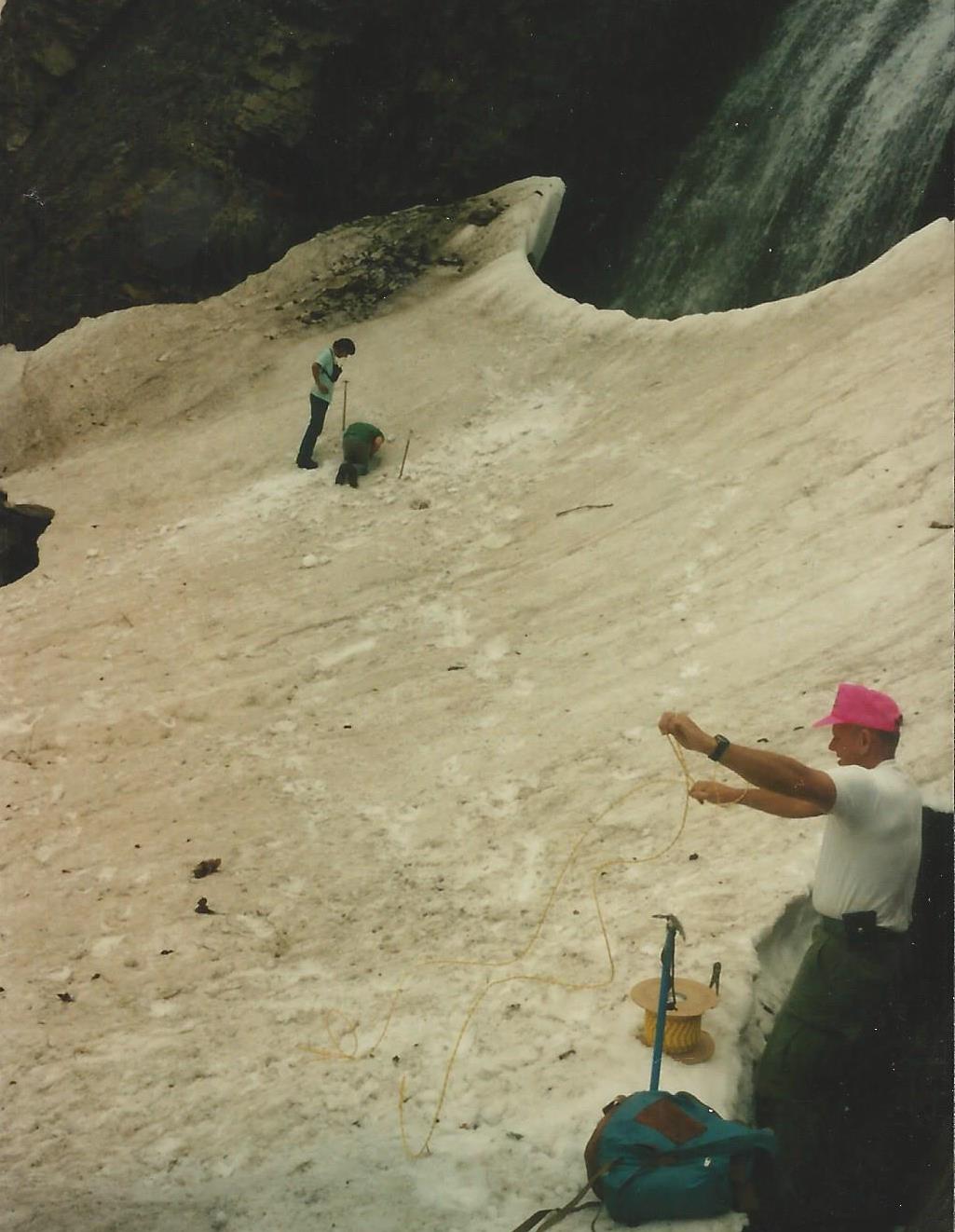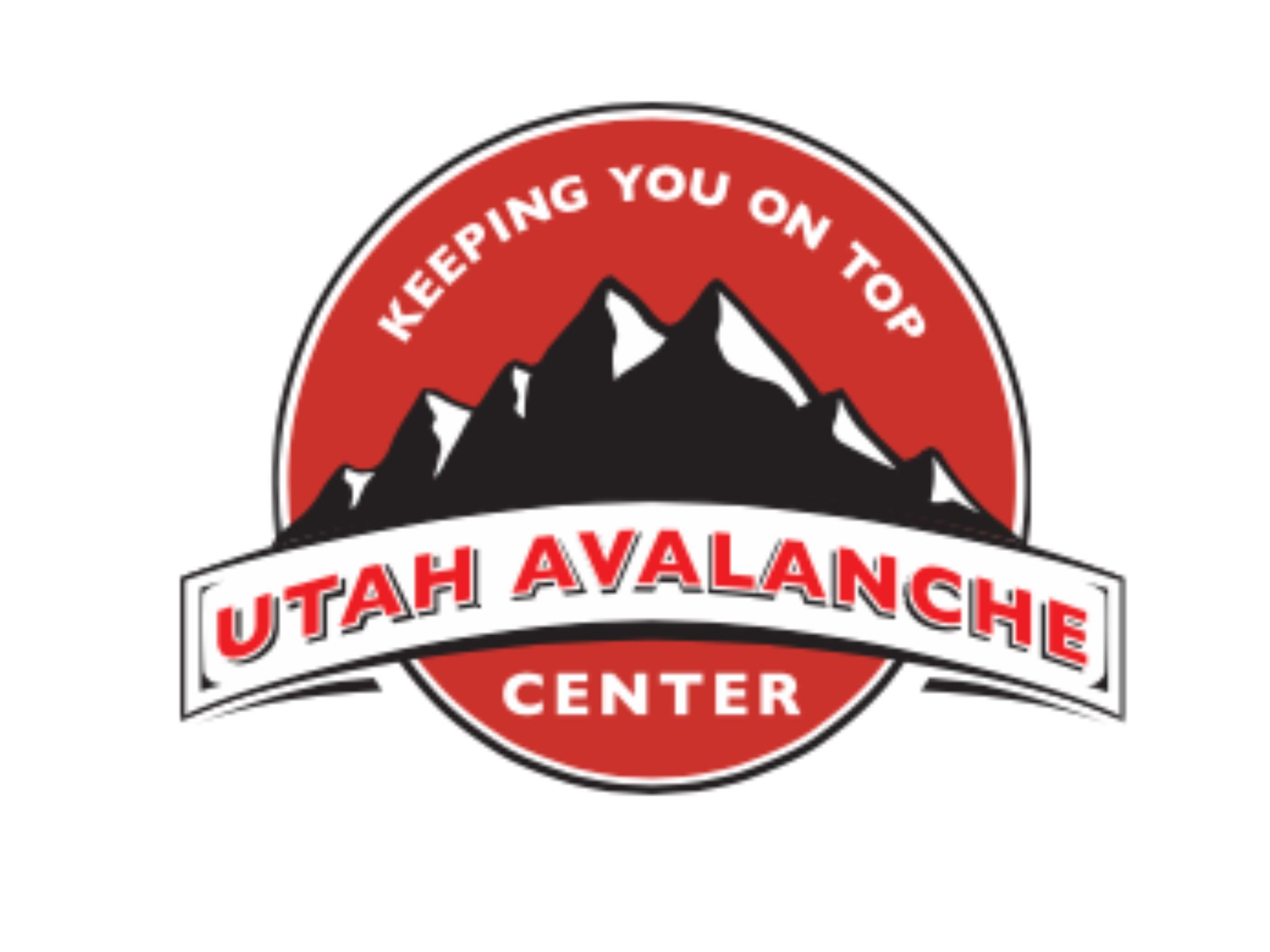Snow hazards
How snow hazards impact your Timp hike
- Patches of snow can stay on the trail into late July
- In some years, they've stayed on the trail until it starts snowing again
- Snowfields are very slippery and often run along steep parts of the trail
- Snow bridges form over streams and waterfalls and can collapse at any time
- Snow conditions change throughout the day and can become quite hazardous when slushy
- Learn about these summer snow hazards and how to protect yourself
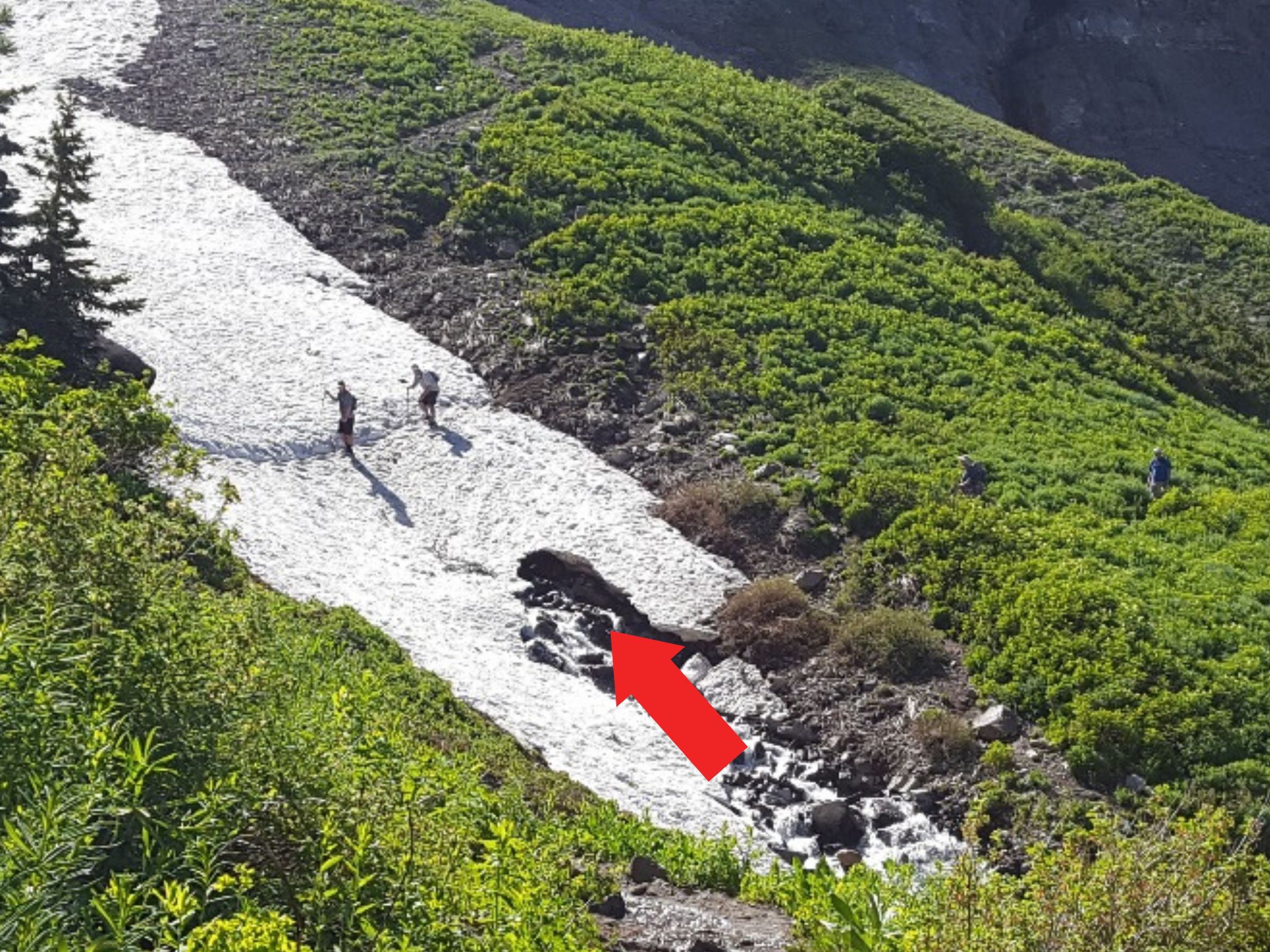
Snow bridges can collapse without warning
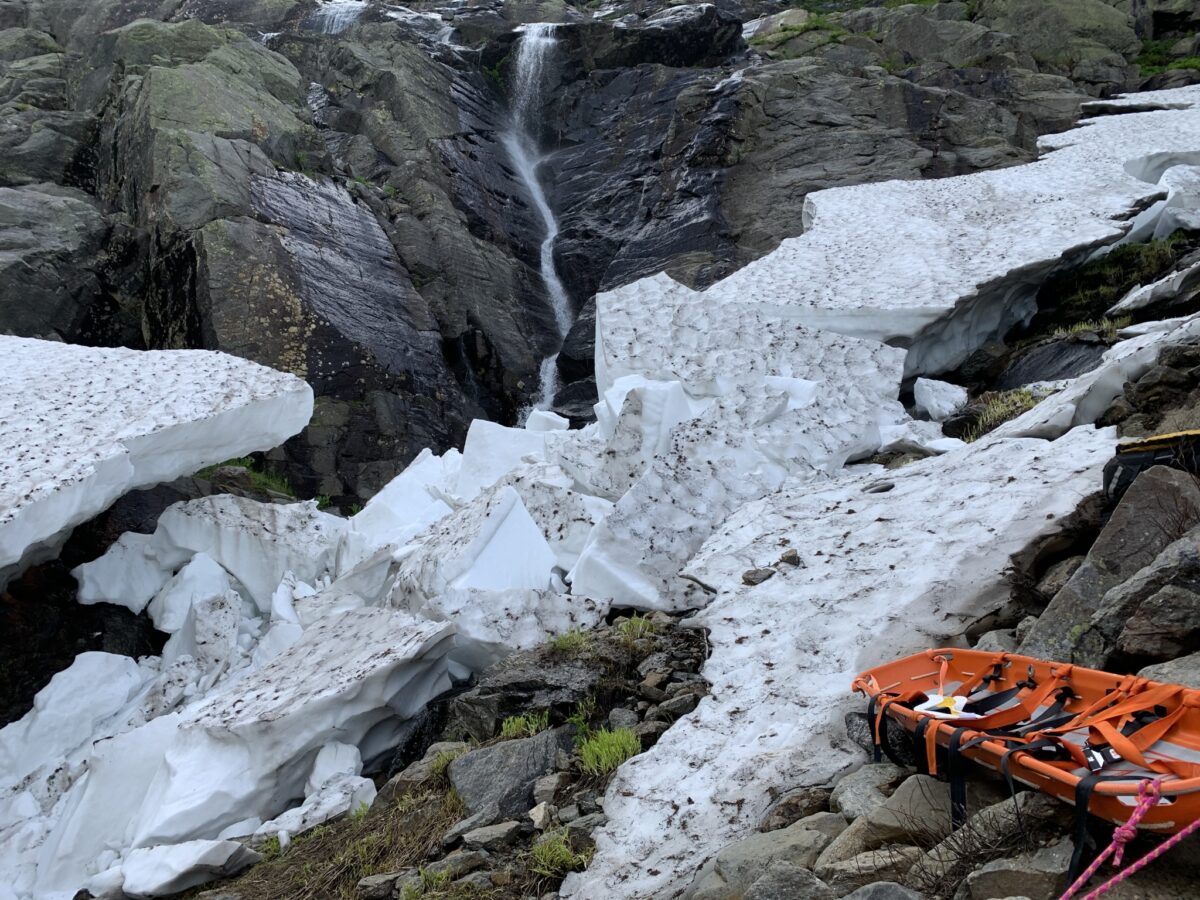
Image from Mount Washington Avalanche Center
How do you cross a snow bridge?
- Don't.
- Find a safer way around it rather than risk it.
- If that's not an option, turn around and come back later once conditions have improved.
- You might want to continue your hike, but several people have died on Timp falling through snow bridges and crevasses.
- If you absolutely have to cross one, test it for stability first.
- Never have more than one person on the snow bridge at once.
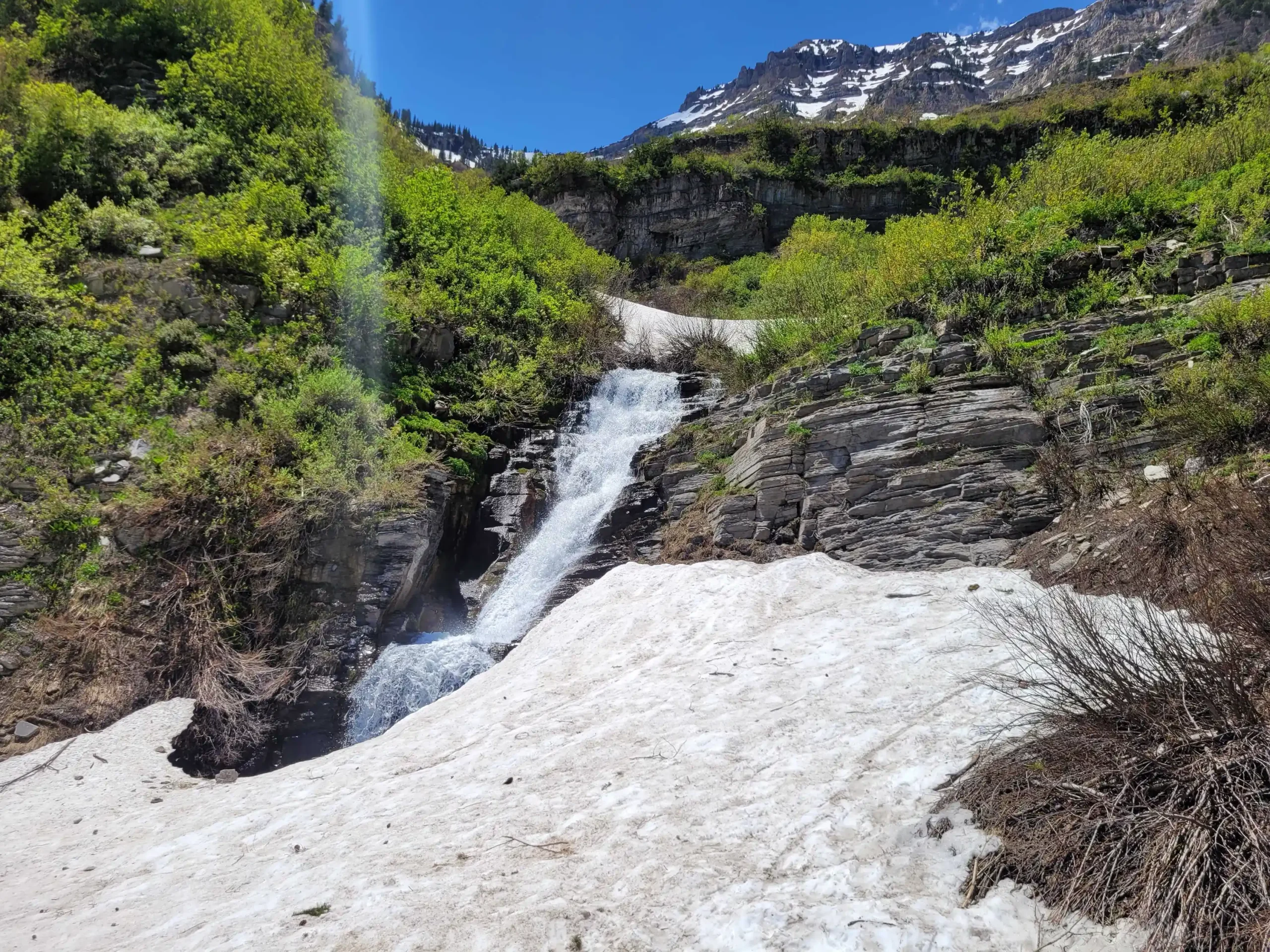
Don't let previous tracks trick you into complacency
- Just because you see some boot tracks or even a trail across a snow bridge, don't assume it's safe.
- Snow bridges can collapse on the first person or the 500th person.
- All of the bridges will eventually fall and they get weaker every day
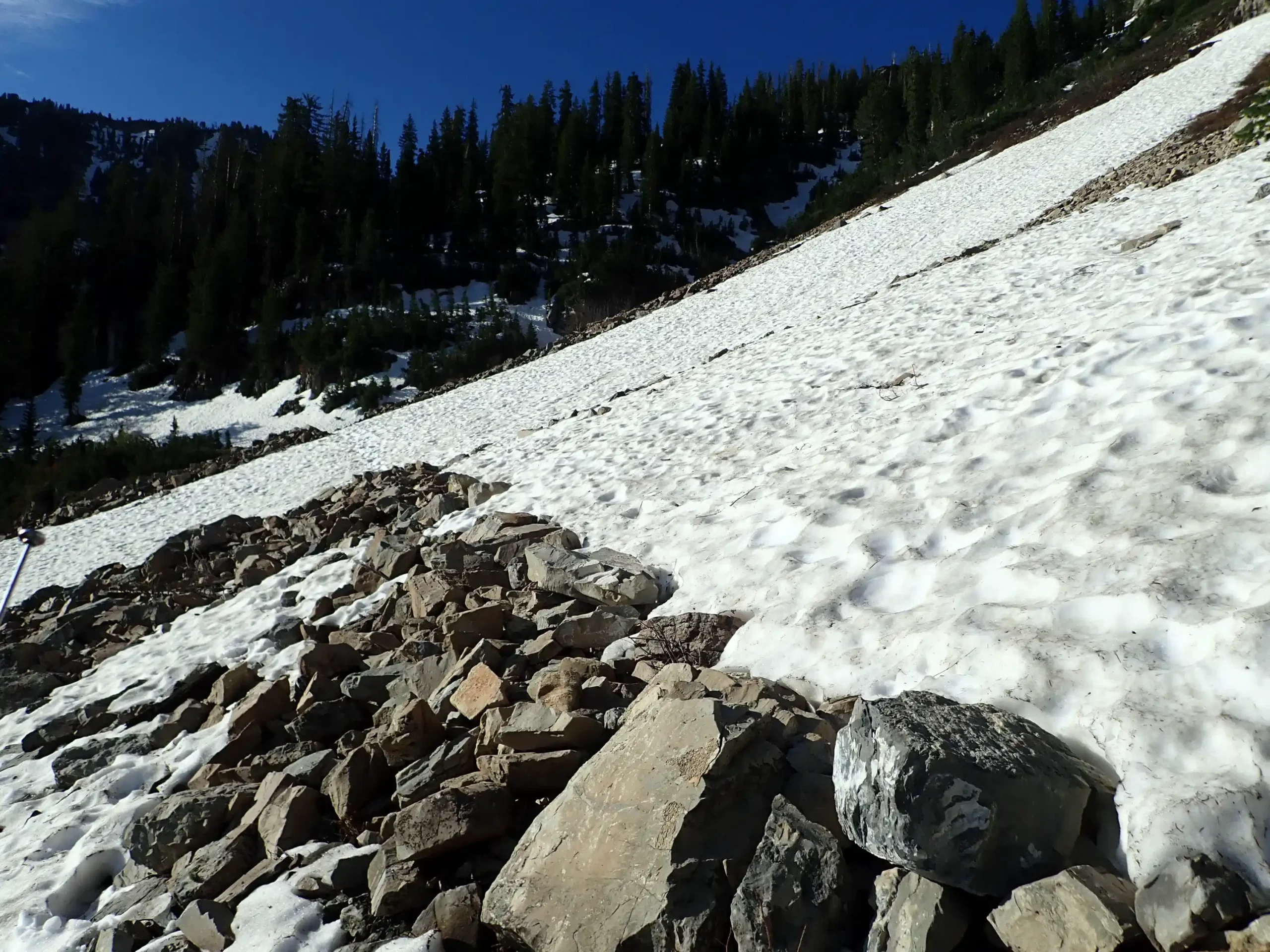
Snow fields are slippery and often steep
- Spring and summer snow is slippery and slushy in the sun
- It is icy in the shade and in the morning
- Many snow fields are on steep slopes
- If you slip, it can cause a high-speed, long-sliding fall that can result in serious injury
- We've seen people injured from slipping on snow fields in August & September
- Use extra caution when crossing snow fields
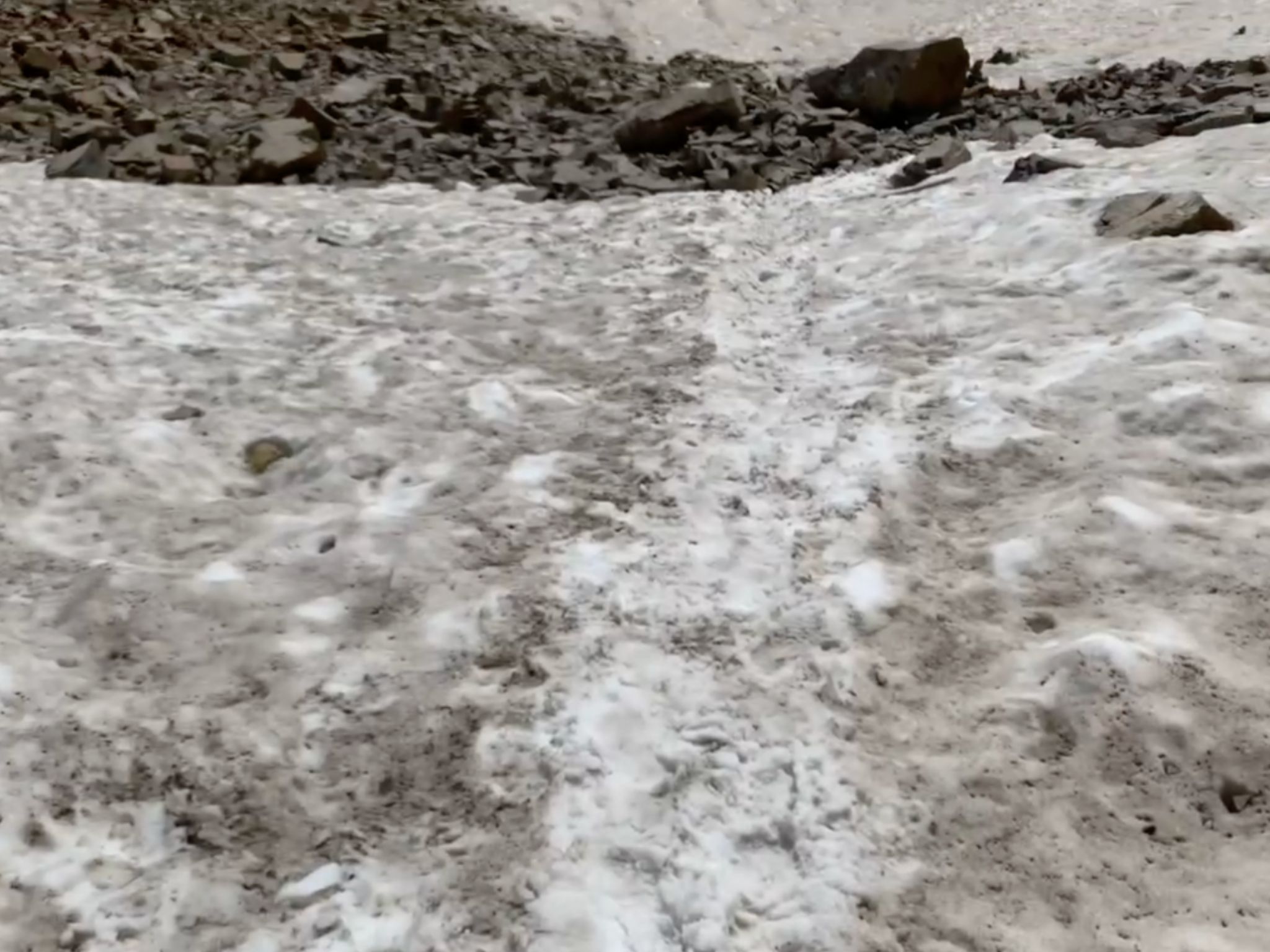
Old footsteps can be icy
- Especially early in the morning or evening
- You may be better off forging your own path than stepping in icy footsteps
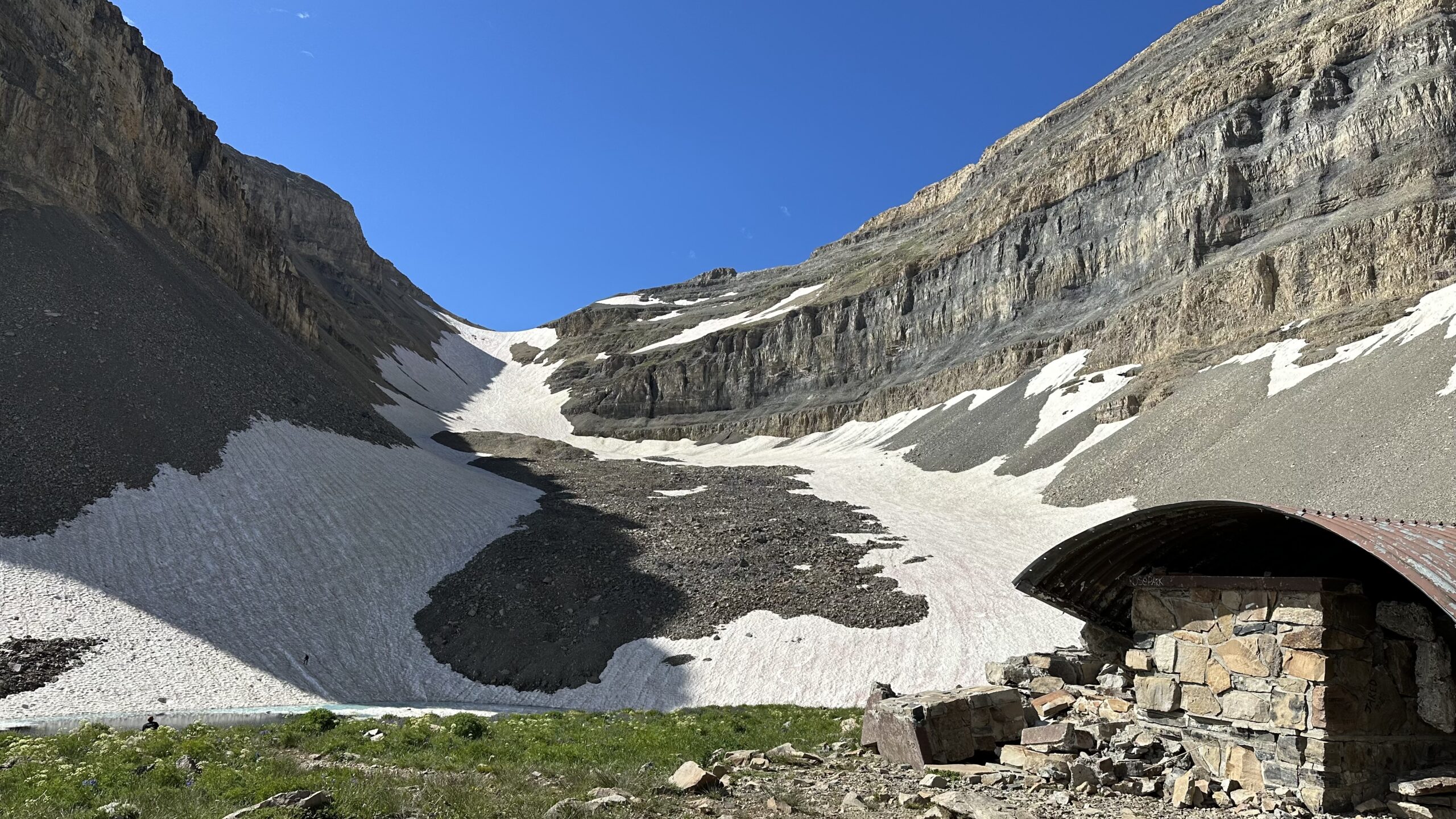
The glacier and glissading cause a lot of injuries
- Many injuries we treat happen when people slide down the glacier
- Sharp rocks can stick up out of snow and you might not be able to stop before hitting them
- We do not recommend that anyone slide down the glacier
- If we're at Emerald Lake, we'll help patch you up, but you can avoid these injuries by not sliding down the glacier
Several fatalities in snow hazards in the 1980s led to the creation of TERT
- Snow hazards led to several deaths in the early 1980s on Timpanogos
- In the photo, Utah County Sheriff's deputies and US Forest Service personnel are preparing to dynamite a snow bridge and crevasse on the Aspen Grove Trail
- These fatalities are what led to the creation of TERT
Read more about the history of TERT
Winter snow hazards on Timp are an entirely different ball game
- This information focuses on snow hazards you'll see in spring and summer.
- If you're interested in visiting the area in winter, you need to learn about winter snow hazards.
- The whole mountain is a high avalanche risk zone and you should not hike unless you are extremely prepared and have the right training and equipment.
- Three snowboarders were killed in an avalanche near Aspen Grove in 2003.
- To learn more about winter snow hazards and how you can be prepared for them, visit the Utah Avalanche Center.
Go to Utah Avalanche Center
Sources
Learn more at the links below
- Washington Trails Association - Hike Safely on Snow
- Washington Trails Assocation - Spring Skills: Tips for Hiking on Snow
- The Mountaineers - Unseen Danger: Navigating Snow Bridge Hazards
- Washington Trails Association - US Forest Service Urges Safety After Glissading Accident
- Mount Washington Avalanche Center - Springtime Mountain Hazards

